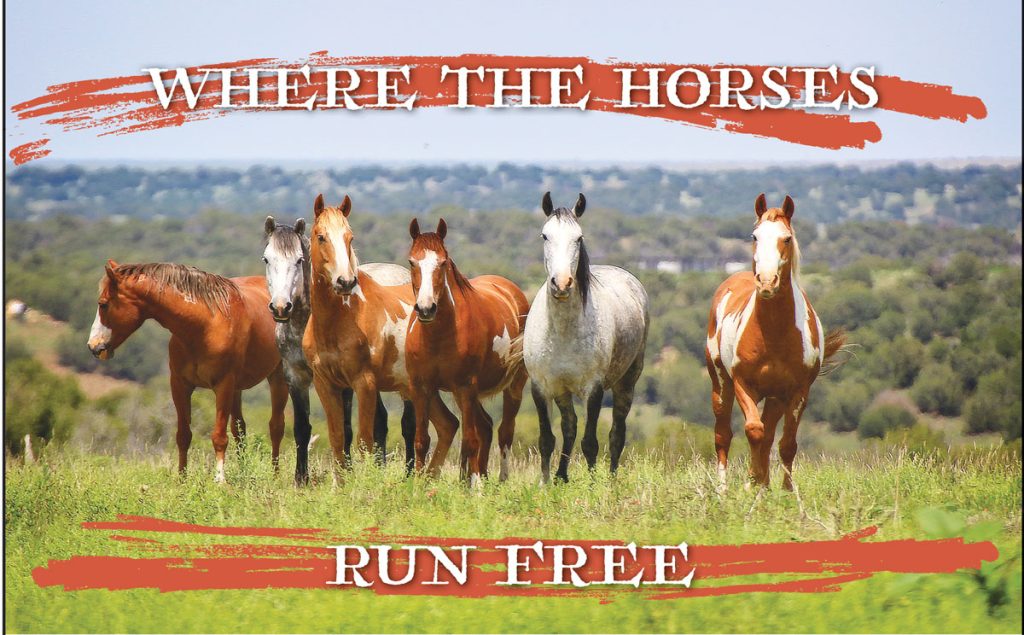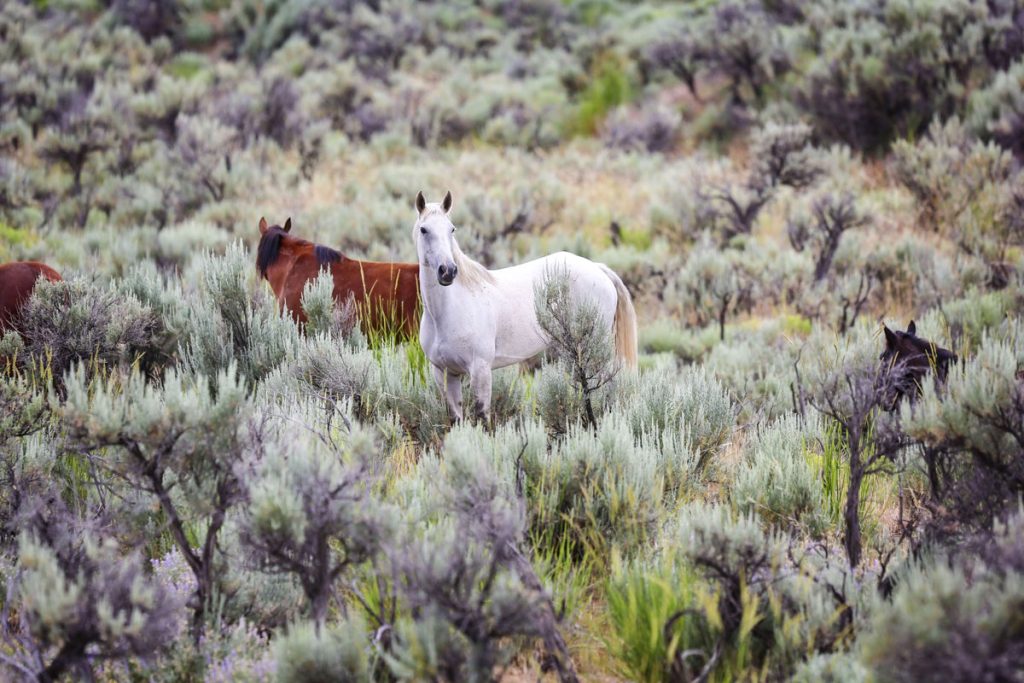Where the horses run free

Colorado’s wild horses now have a refuge to run and roam free thanks to the planning and actions of Patrick Craig and the Wild Animal Sanctuary.
If you have ever visited The Wild Animal Sanctuary (WAS) in Keenesburg, you know how much the people that run it love the animals.
It is a call of the wild — dedicating a life to not only rescuing some of our wildest creatures, but caring for them long term in an environment that honors them. Patrick Craig cannot imagine doing anything else.
He is the executive director of WAS, which currently operates four facilities within the United States. Three of those sanctuaries are located in Colorado, with the fourth one in Texas.
The most recent sanctuary for wild horses is just now coming to life.
“At the beginning of 2021, we began receiving emails and other messages from supporters who were concerned about the [Bureau of Land Management] BLM’s planned removal of Sand Wash Basin horses,” said Craig. “Every message asked if there was something we could do to either prevent the round up, or potentially accept the removed horses and place them at our Springfield, Colorado, refuge.”
Then, in 2022, the governor’s office contacted them.
“Governor Polis had been trying to intervene on behalf of the horses and had initially tried to block the roundups. However, when that did not work, he then focused on trying to find a way for the horses to go straight from the roundup to a sanctuary setting rather than have them go to a holding facility and then be auctioned off one by one. That is where we came in,” explained Craig.
He added that they knew they did not have a parcel of land large enough for the horses to graze, so the search for new land began with a goal of quality grazing space and water access for a large number of horses. It took a year, but Craig found a 22,500-acre property west of Craig, Colorado last January.
For three months, record snowfall stalled the efforts to get the The Wild Horse Refuge (The Refuge) up and running. They had to wait for the snow to melt before preparing for the horses.
The number of horses that the new property can hold is yet to be determined.
“We have a range specialist evaluating the property right now, and he will be able to give us and the BLM a report that will outline how many horses per acre would be a responsible number – meaning taking into account severe drought, terrible winters, and the regrowth potential for all the plants and grasses there, so that over a long period of time, the property will not be degraded,” said Craig.
The hope is that The Refuge will be able to hold somewhere between 250 to 350 horses and that they can live on their own without supplemented food and water. But Craig added that they are prepared to step in if conditions arise. The more they can help the better, but that takes financial support. Craig is confident Coloradans will come through so eventually The Refuge can purchase more acres.
“Obviously, we would prefer for the wild horses to remain in the wild and never be rounded up. Yet, for as long as the BLM continues to carry out these round ups, we would like to offer them refuge so they can return to the wild in a semi-natural setting like we have been able to create in Craig,” said Craig.
He knows that protecting wild creatures is purposeful. “These mustangs are wild animals, and everyone should remember that. Just like the lions, tigers and bears we help, these horses are not only wild at heart, but also play a significant role in U.S. history and they need to be saved,” added Craig.
He continued that a country is judged by the treatment of its animals, and he believes that when people learn about the mistreatment of animals, they begin to take notice. “Since I am a native Coloradan, I am very passionate about the injustices that are happening to our native bands of wild horses. They were here long before the first Americans ever set foot in Colorado,” he said. The domestic grazing species have shrunken the space for wild horses, “so the horses must be culled over and over,” he added.
That is where The Refuge comes in. “The more people learn about these amazingly wild and free animals and the issues they face, the better chance we have at saving these unique and inspiring creatures,” concluded Craig.
To learn more, visit www.wildhorserefuge.org.

Between 250-350 wild horses will graze and roam on this 22,500 acre piece of land just west of Craig, Colorado. The dream one day is to expand this area and save even more of Colorado’s wild horses.
By Karen Leigh; photos courtesy of Patrick Craig